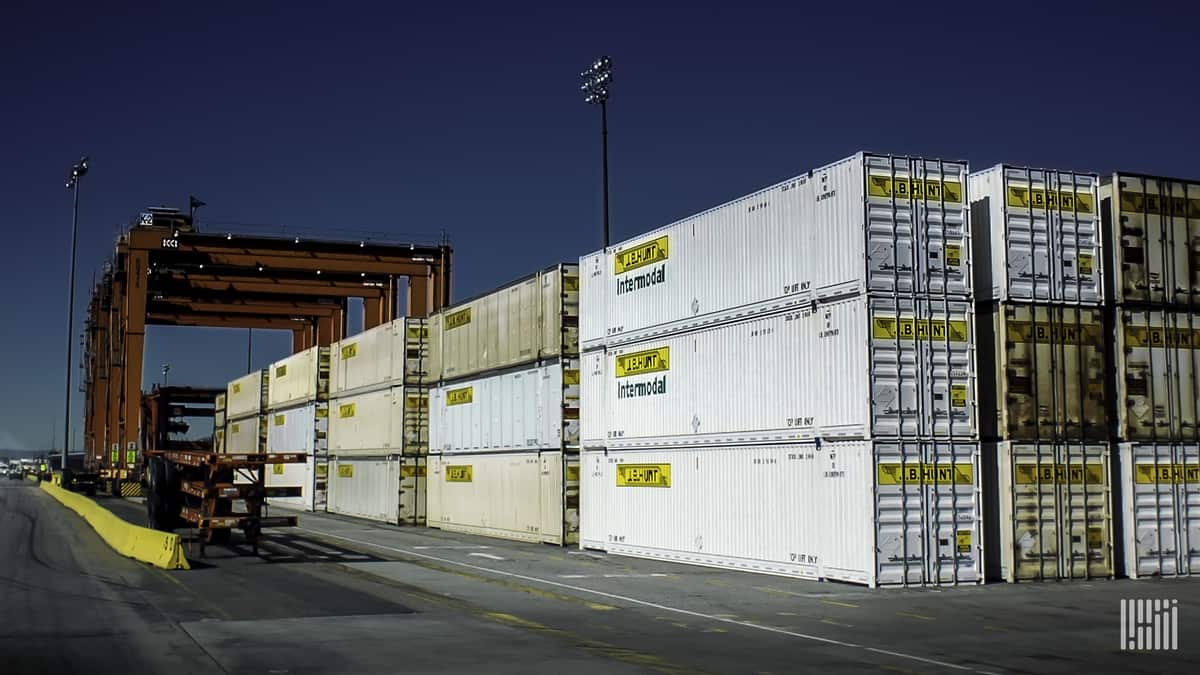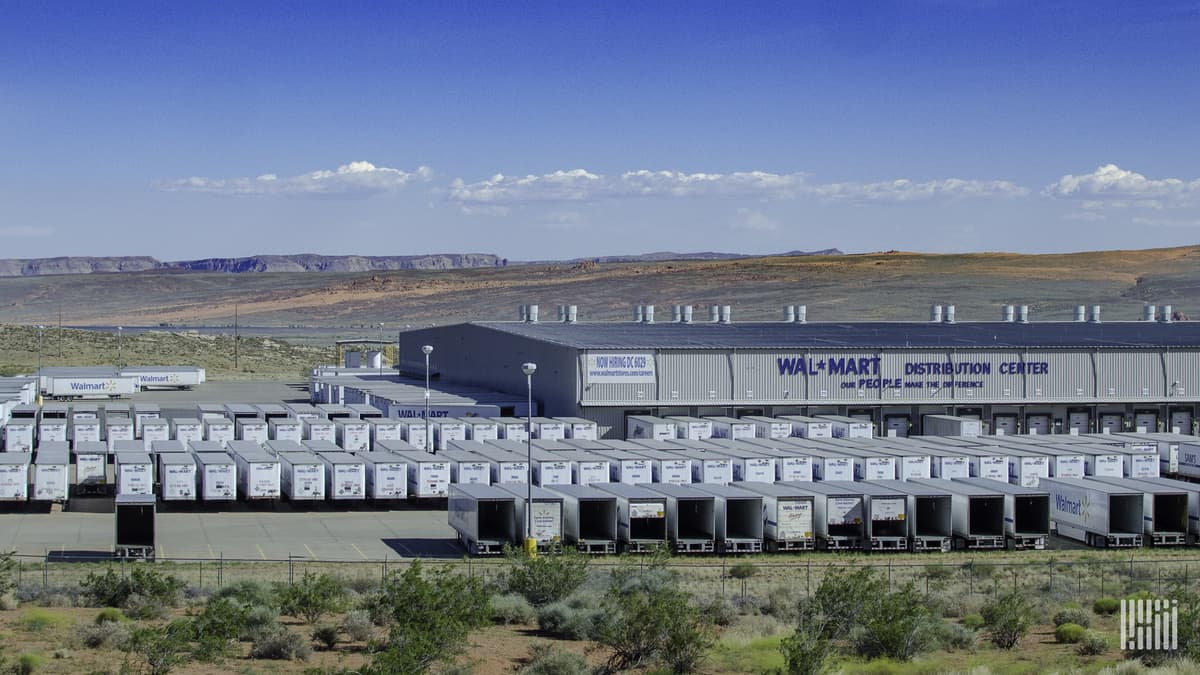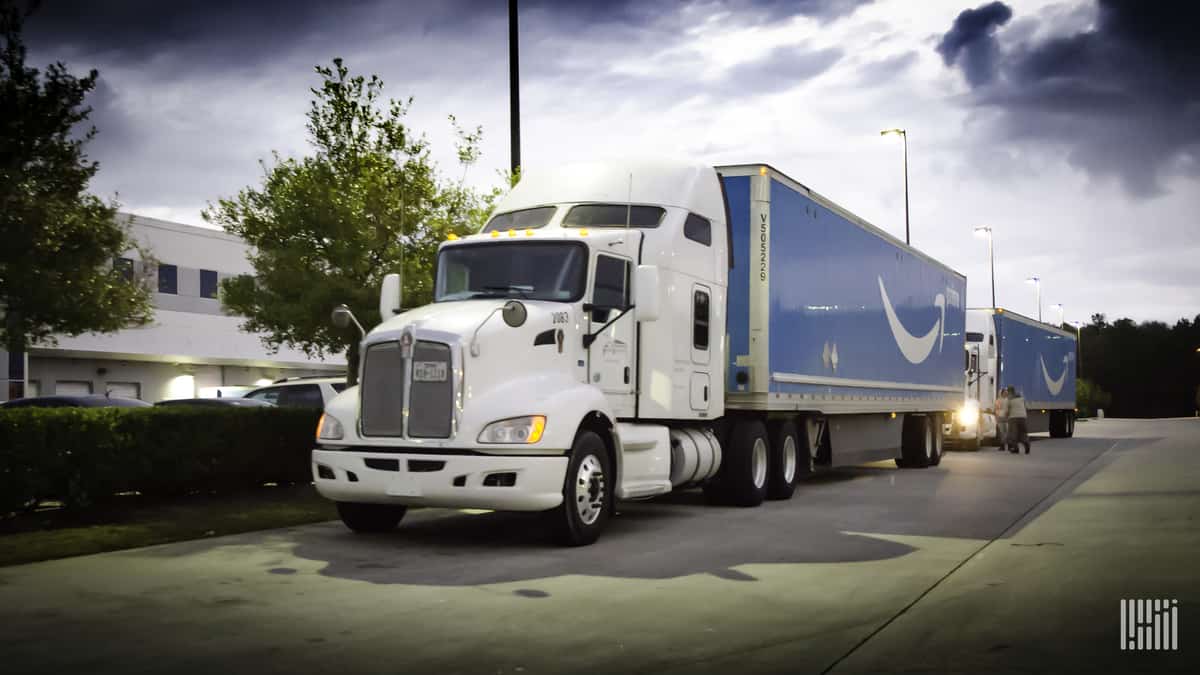The views expressed here are solely those of the author and do not necessarily represent the views of FreightWaves or its affiliates.
After a tough year in 2015, marked by negative growth in the less-than-truckload (LTL) producer price index (a good approximation for average LTL freight rates), the sector has remained in positive territory. However, the annualized rate of growth, according to data from IHS Markit, has been slowing since the second quarter of 2018. The truckload (TL) sector fared even worse – heading into negative growth in the third quarter of 2019. Both of these motor carrier sectors depend heavily on the manufacturing sector to fill capacity, but when it slows down – as it did in 2019 – other sources of freight must be found to ride out the downturn. In fact, the downturn in freight was exacerbated by U.S.-China trade tensions and by the 41-day strike at General Motors in the fall of 2019 – the longest since 1972. Fortunately, the manufacturing sector’s share of the U.S. economy is only about 11%, so this sectoral recession has not been large enough to counter growth in other sectors.
Compared to other modes of transportation, the motor carrier sector is the easiest to enter and exit because of a lower proportion of fixed costs to variable costs. It also helps that most of the infrastructure (i.e., roads, bridges and tunnels) are government provided. Of course, when comparing the LTL and TL sectors they differ in flexibility.

The LTL sector’s reliance on smaller shipments gives it many options to fill a truck. Of course, since most of these shipments are not going to the same destination they need to be deconsolidated (i.e., sorted and traded among other trucks) at various interline terminals. The warehousing required for this, on top of the more intricate scheduling required, adds higher costs of overhead than found in the TL sector. On the other hand, LTL carriers can switch to TL service if a dedicated shipper requires it. A TL carrier, by contrast, cannot easily switch to LTL service since it typically does not have the required network of interline points.
LTL carriers need to make sure they have the network density to take advantage of the economies of scale that come from interlining. Basically, two independent routes which cross each other at an interline terminal effectively create four more routes for shipments transferred at the terminal. LTL carriers also have what economists call economies of scope. Apart from offering dedicated, TL-style service they can take advantage of new markets. E-commerce retail seems to be the next large source of shipments. It is certainly easier for LTL carriers to deal with retail on a last-mile (or nearly last-mile) basis than TL carriers. Perhaps the e-commerce sector will incentivize the LTL sector to leverage some of the former’s cutting-edge technology. In tandem, e-commerce providers can leverage the cross-docking possibilities offered by the LTL sector’s network of interline terminals.
Bright spots are appearing. XPO Logistics, one of the largest LTL carriers in North America, has been using artificial intelligence (AI) since 2018 to assist with its network design and service provision. While every mode of transportation can benefit from deploying AI either in-house or through an intermediary, the LTL sector is particularly ripe because there are a lot of moving parts (i.e., many consignors per truck) and a lot of infrastructure that they do not control (i.e., shared roadways, port access and international border clearance). Each of those activities generate a great deal of data that could be processed by AI across the whole network.

The TL sector’s e-commerce connection is not quite as bright. Amazon’s acquisition in fall 2019 of around 250 company-branded 53-foot containers follows Walmart’s lead with its own set of about 2,000. The problem for the TL sector is that containers are being used on rail from the West Coast into the U.S. Midwest. Longer distances such as these give rail a cost advantage over motor carriers. Why? It boils down to greater carrying capacity combined with the “taper effect” of spreading rail’s higher fixed costs over longer revenue-earning distances. Tonnage and density are what the railways look for. To make matters more challenging for TL carriers, Amazon and Walmart are large enough to deal with their Class I rail providers (e.g., BNSF and Union Pacific, or UP) directly, should they choose to, and bypass freight intermediaries. Many of these are also TL carriers offering dedicated carrier services (e.g., Hub Group and J.B. Hunt). This is always a challenge in supply chain management. Intermediaries can offer specialized skills and pool shipments to negotiate lower freight rates. Yet there are a few companies that are so big they can dictate favorable terms on their own.
So far Amazon’s current relationship with UP is strong. Amazon recently leased Dalfen Industrial’s 420,000 square-foot distribution center in Dallas, which is conveniently located next to UP’s intermodal yard. Amazon’s status as the largest user of industrial space in the Dallas-Fort Worth area will grow even further if its negotiations for one million square-feet of warehouse space in Irving, near DFW International Airport, is finalized. Is Amazon content to use UP as its dedicated rail carrier or will it one day purchase it and add it to its fleet of (leased) airplanes? Furthermore, Amazon Global Logistics (AGL) is an intermediary in ocean freight and customs brokerage. When will its company-branded containers be used along U.S.-Asia shipping lanes? When will the company want its own container ships? It is not hard to envision Amazon seeking to own an entire distribution network from first to last-mile.

What can be done when new sources of motor carrier freight cannot be found? Reduce capacity. New truck orders sag, units within a big carrier’s fleet stay parked, and owner-operators go out of business. Apart from being the transport mode that is the easiest to enter and exit, it is also the most volatile for that very reason.







